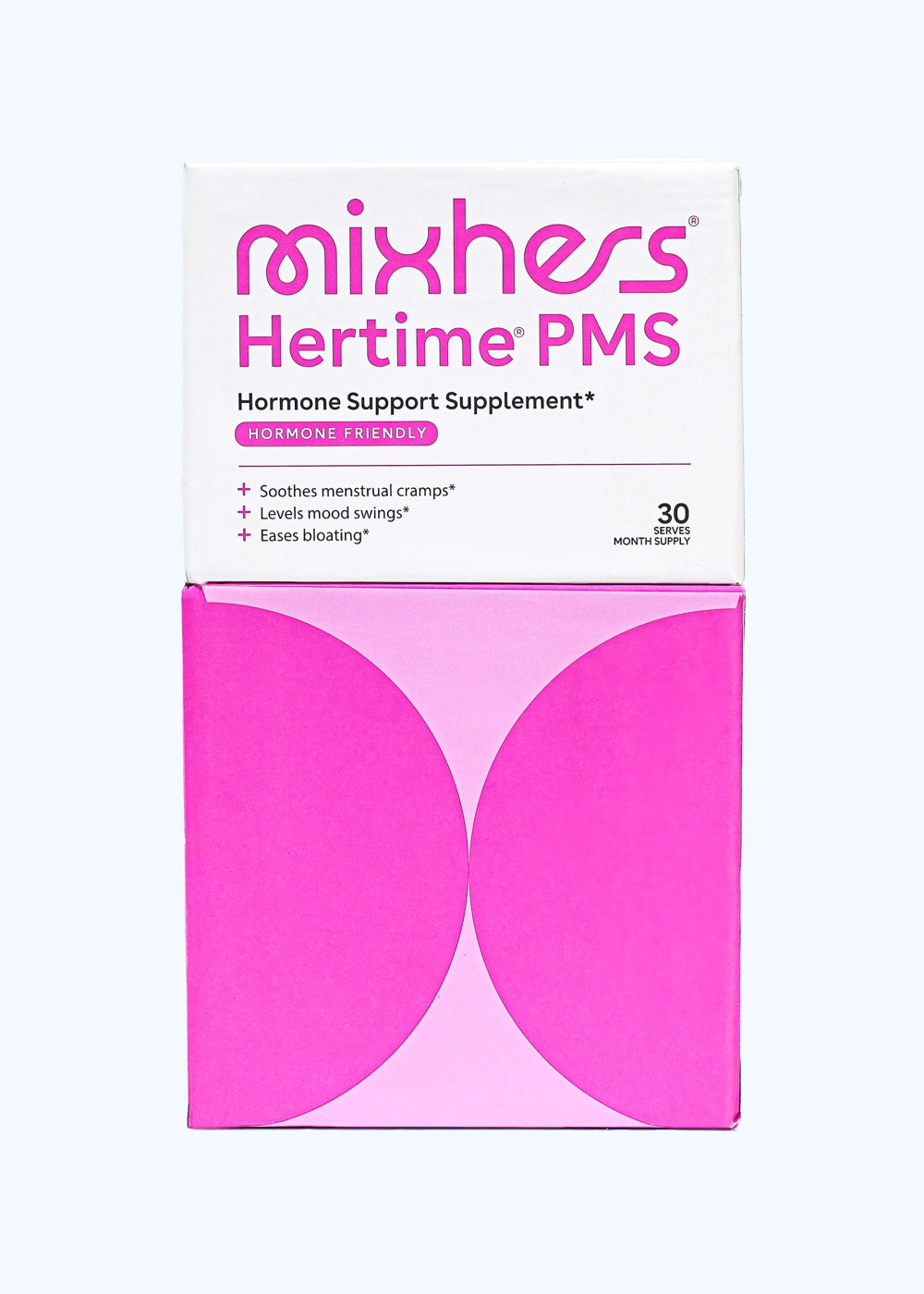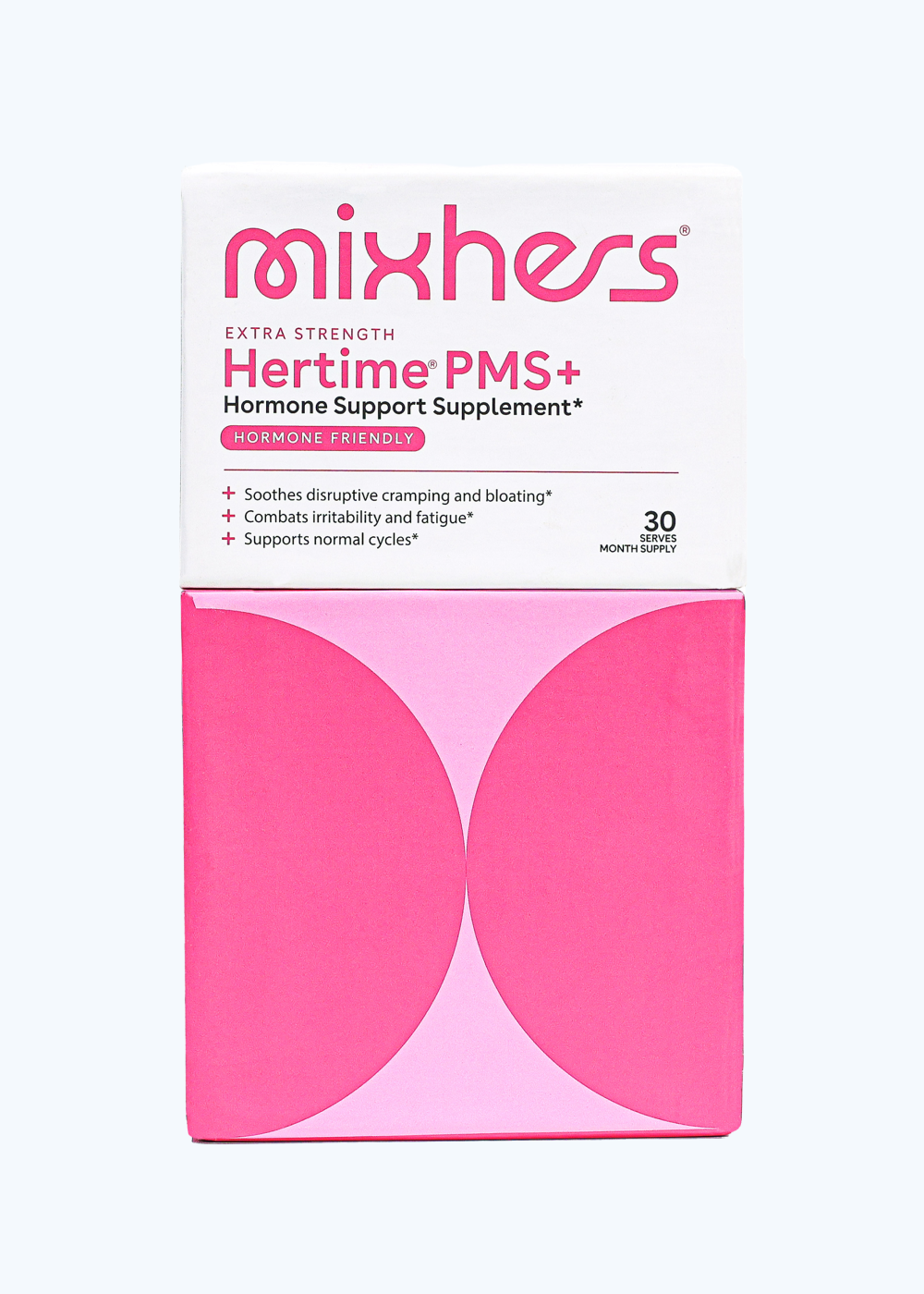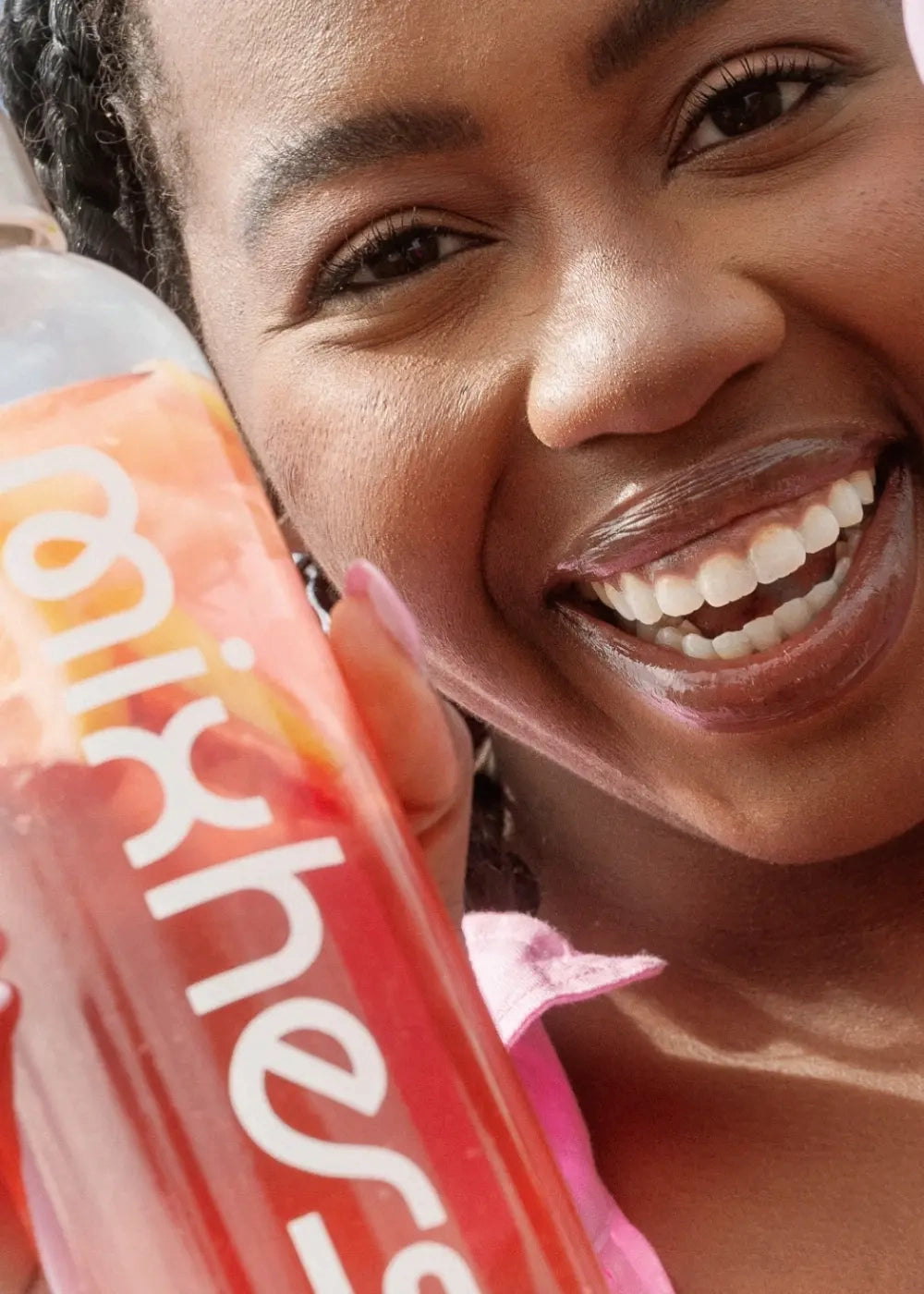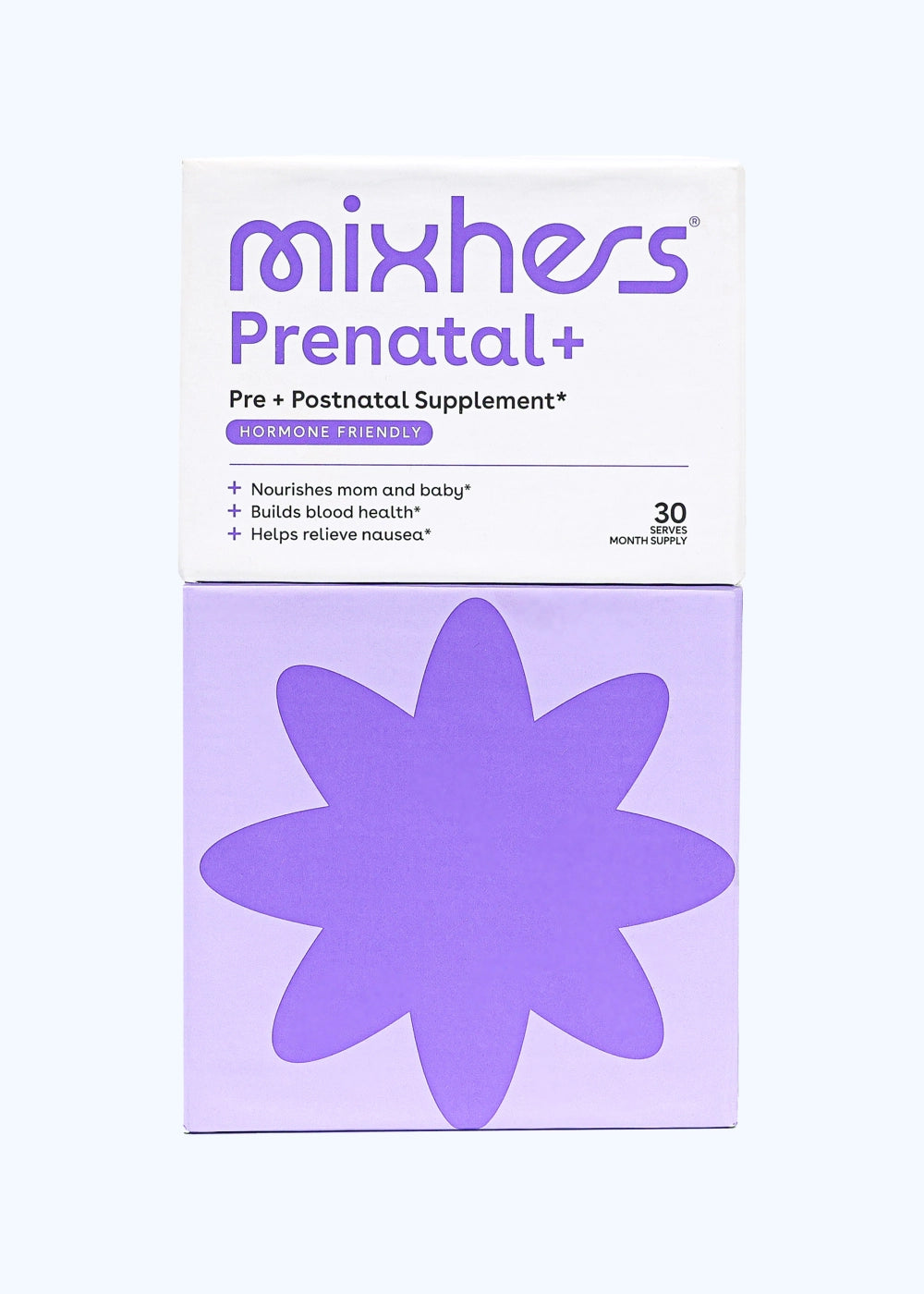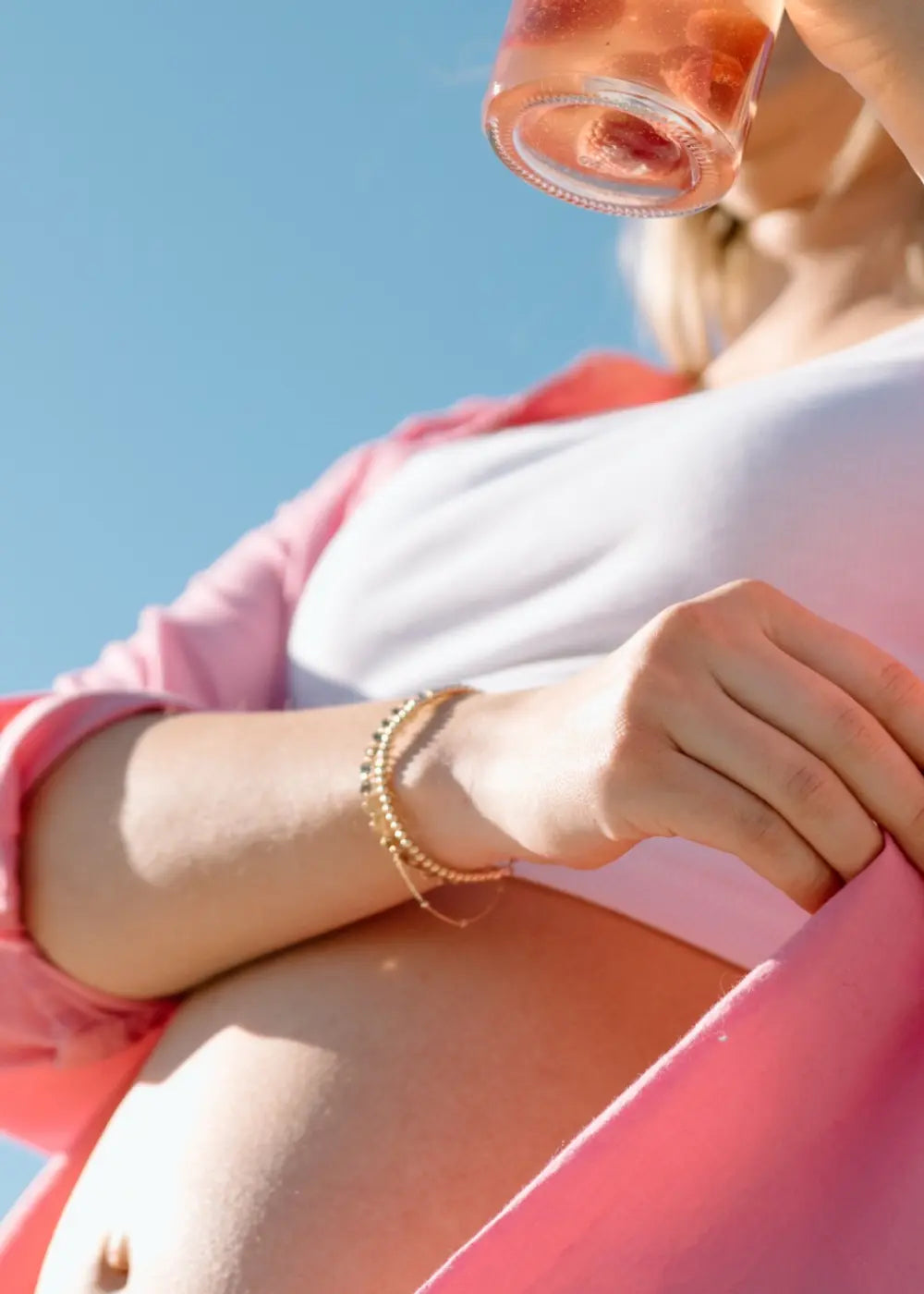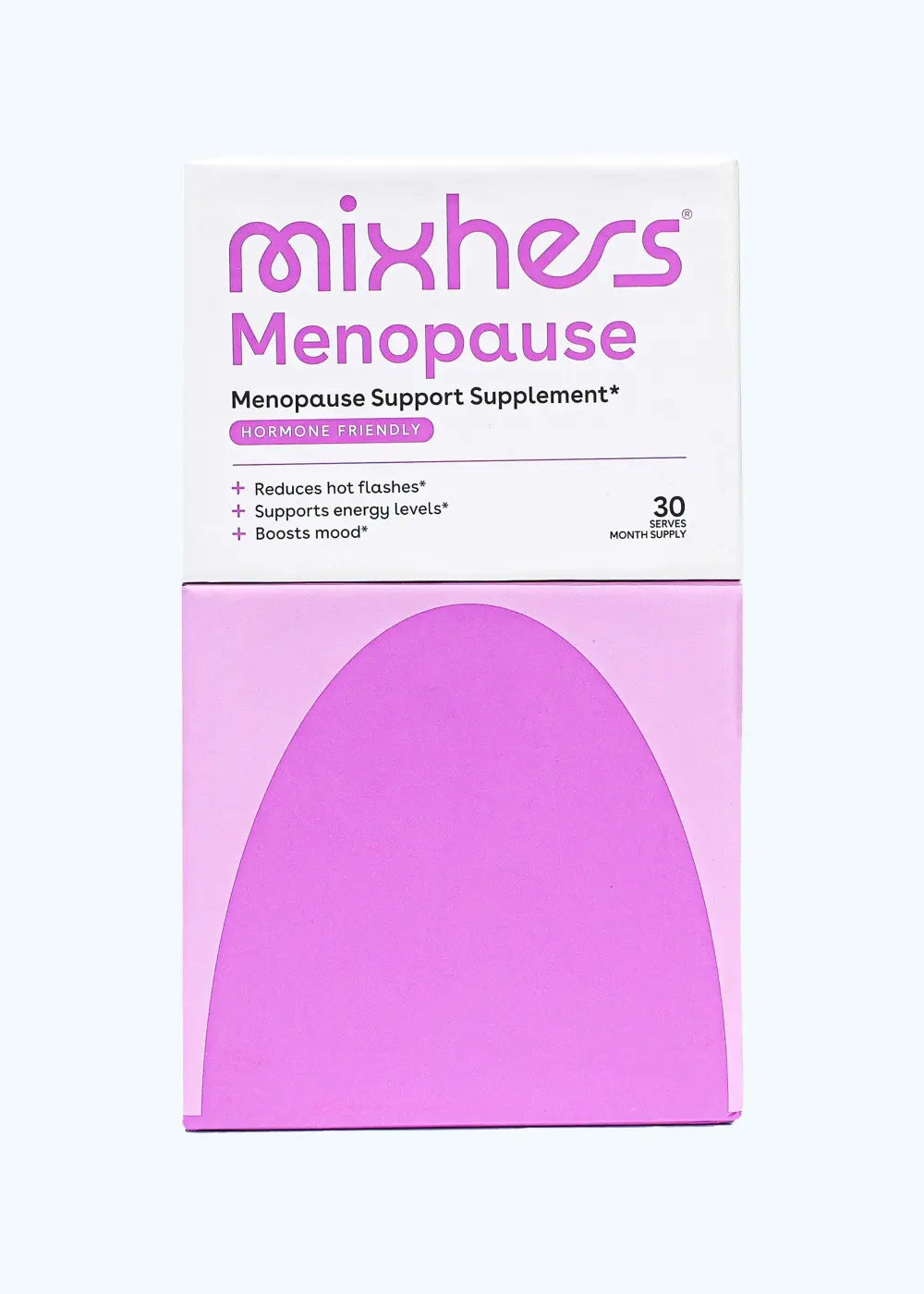This may sound like a silly question on the surface. Don’t we all kind of know what a period is? We know that it’s painful. We know that our hormones feel out-of-whack. We know it has to do with our menstrual cycle. We know that it rears its ugly head every month or so. We know that it begins around puberty. We also know that it involves bleeding (sometimes a lot), it’s uncomfortable, and can be, at times, a little bit embarrassing. So, we do know what a period is. So, a better question would be: how much do we know about periods?
Most women would tell you they don’t know a whole lot (other than the obvious information talked about above) about their periods, or how their bodies respond and change during their menstrual cycle. But, shouldn’t we know more? Something that is so absolutely commonplace and continually occurring in our lives should not only be talked about but understood deeply. So, in order to spread a little knowledge (a little period cheer), and help you be more deeply informed on the subject, we wanted to take a moment and delve into the interesting, complex, and oftentimes disorganized world of the period.
Our hope is that, by the end of this article, you’ll not only have a deeper knowledge of your body’s inner workings, but you’ll be better equipped to manage your monthly gift, in a position to make corrective lifestyle changes, and educate those around you (including friends and family members) so they too can own their time of the month.
Because “The Period” is a rather extensive topic, we wanted to narrow our focus to a few, key pieces of information. Those that will not only help you build a positive foundation, but will answer the key questions that women everywhere ask.
We’ll cover what happens to your body during your menstrual cycle, how long do periods last (and how much blood is lost during your period), what’s considered a heavy period, and more period-related advice that will help you be more prepared to cope with life while on your period.
Ready? Let’s dive in, head-first!





